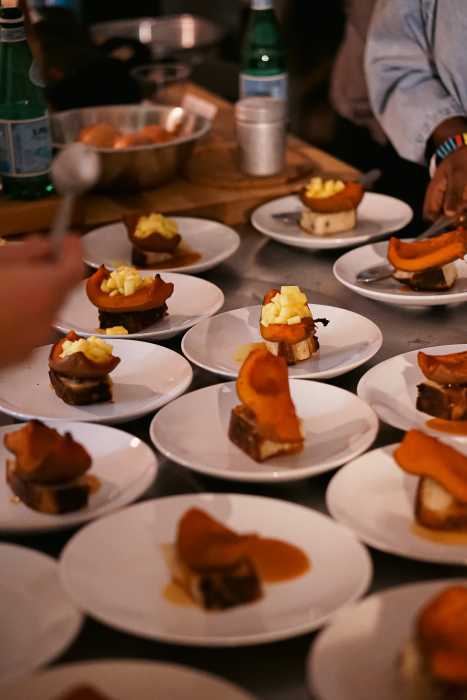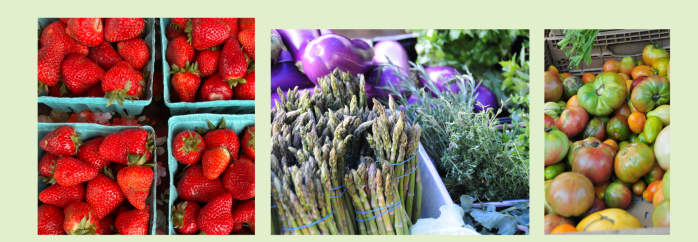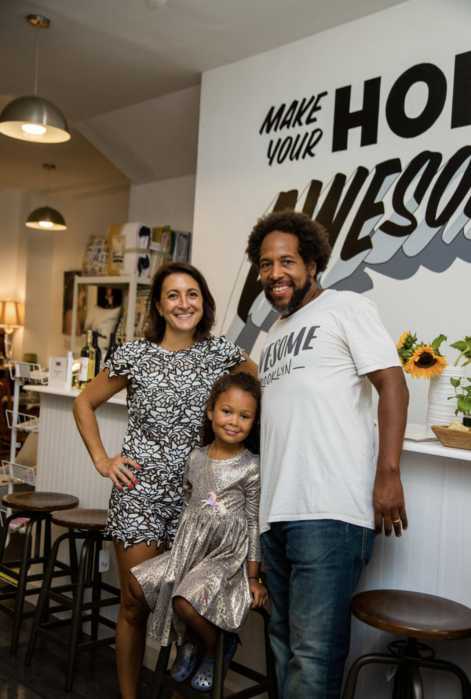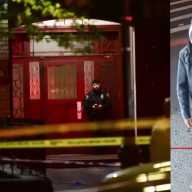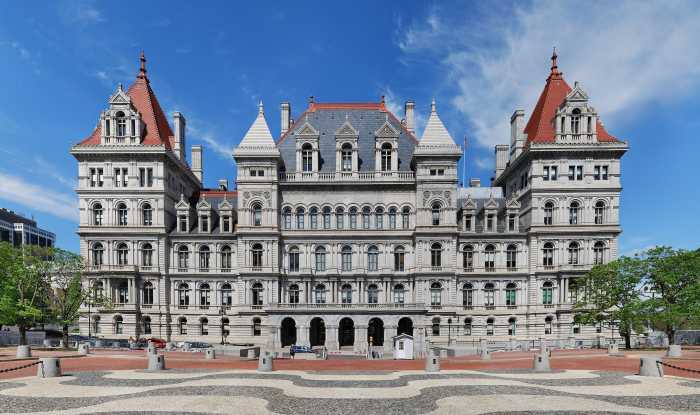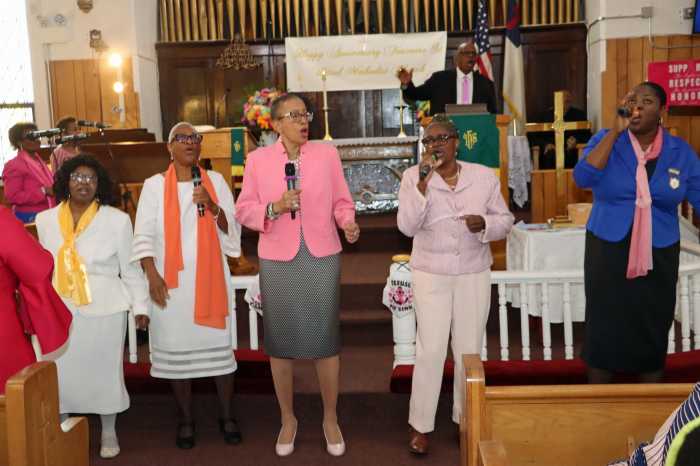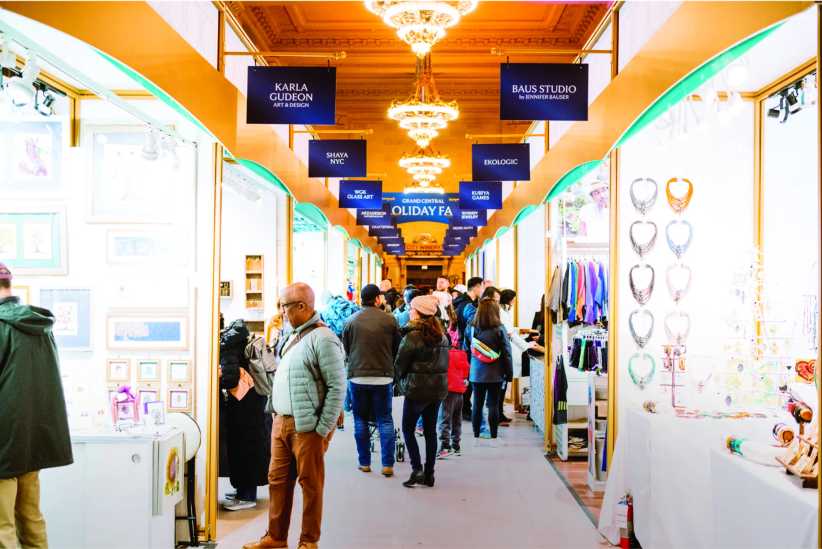About time.
Prospect Park West’s new bike lane couldn’t be a better prescription for New York’s environmental health, considering that the first automobile crash in the United States happened in New York City when a motor vehicle collided with a pedalcycle rider in 1896.
Nor could the designated path have come speedily enough for eco-minded Brooklynites and visitors to claim their rightful place on the road, and for the status-quo set to commit to a more sustainable New York.
Vrooming along, noxiously, for years, the battle between pedaling Davids on humble bikes, and motoring Goliaths in ghastly gas-gobblers, has received a much-needed wheel-alignment from the city’s installation of a 1.8 mile-long of bike lane, between Union Street and Bartel Pritchard Square. The topic is hotter than burnt rubber, judging from our letters page. That guardian of free speech has also become a roadmap for chagrined feelings on all three sides, if you figure in the pedestrians, who accuse both drivers and riders of being equal road hogs.
Transporting our bodies from one place to another is one of the most important functions of our day. It allows us to contribute to life. In making travel easy and convenient, the automobile age has pumped motorists with an inflated sense of entitlement, and created pro-industry town governments, driven by a growing number of users and powerful lobbies.
The Big Apple is ready, though, to be a champion of clean energy, thanks to the city’s PlaNYC 2010 green campaign, which calls for 1,800 miles of bike routes, and a 30 percent reduction in the city’s greenhouse gas emissions by 2030.
In Europe, the roadways are open to all lawful vehicles. Looking to preserve their tiny historic streets, municipalities there are using more creative ways to keep their energy costs down, their carbon footprint in check, and their dwellers content. Collaborative consumption is in high gear in Paris, France, which provides its residents and visitors with free bikes, available for pick-up and drop-off at conveniently-located bus shelters.
Like walking, bicycling is a timeless pursuit because people will always look to connect with nature. Aside from zero fuel emissions, less noise and more space-friendliness, bike travel adds to the glorious human portrait. As a reader recently pointed out, the sight of a child learning to ride a bike on a designated lane is far more pleasant than one of a fuming, sputtering, screeching car pile-up.
The statistics are shocking, too. According to the National Highway Traffic Safety Administration, there were 1,160 fatal motor vehicle-related accidents in 2008, killing 716 cyclists, and injuring 52,000 more. The figures are compelling enough for city planners to include more bike-friendly priorities in the city’s green Renaissance, an urban environmental campaign unmatched since Parks Department Commissioner Robert Moses combined New York City’s highways with greenways.
Give credit for the light bulb going off, in part, to a global counter-culture of ordinary, fed-up people challenging big bureaucracies, such as oil giant BP, whose creation of the largest oil spill ever has resonated with even the kindergartners who helped form a human chain of protest in Coney Island last month to rally against off-shore drilling. In our crusade to protect ourselves, and our world, from the perils of climate change, ravaged rainforests and fuel-addiction, using a simpler, cleaner form of transportation is both a civic duty and a public service.
An enormously significant one, too, as people everywhere seek a better way to travel through life — together.








